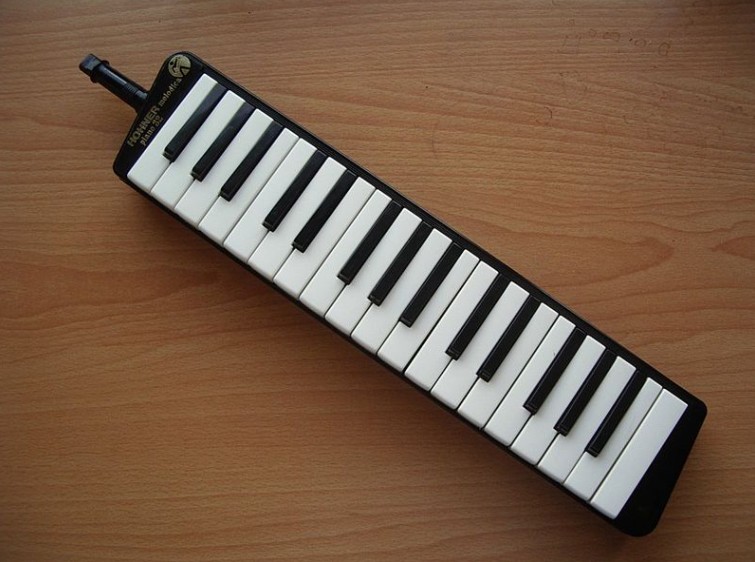The Melodica is a free-reed instrument that is similar to the pump organ and harmonica. This instrument comes with various names such as key harmonica, blow organ, pianica, and melodyhorn. In reggae, dub, as well as minimalistic classical music, the Melodica has become a unique voice. In fact, the Melodica has been a staple instrument in specific music education, for example, in Japan.
Back in the days, free-reed instruments mostly stemmed out of instruments like mouth harp, which had a single reed attached to its frame. All over the world’s culture, the sound of free-reed instruments is mostly produced through vibrating caused by airflow, instead of just airflow itself. However, as time goes by, these instruments grew more complex into bamboo and organ pipes with several notes.
At the beginning of the 19th century, there was an instrument called panharmonicon that made its way to the United States, all the way from Paris. This instrument was invented by Johann Mazel, who intended the instrument to mimic several other instruments. Some of the instruments that the panharmonicon can mimic were drum, bassoon, clarinet, and French horn. Subsequently, between the years 1811 and 1812, an American organ builder named William Goodrich became in charge of the panharmonicon’s exhibition in the United States. By 1824, the Boylston Hall Museum’s proprietor had set Goodrich to finish the recreation of the instrument.
Meanwhile, James H. Bazin also developed the lap organ, that time. However, speculations about who truly invented the pump organ have aroused. Despite that, it gave way to the development of other instruments like the melodeon, after Bazin’s lap organ. These instruments had become the stepping stone for the development of the Melodica.
In the 1950s, the Hohner Company had developed a hand-held organ that is powered by breath. Additionally, as the performer press the keys of that instrument, a hole will open so that air can pass through the reed. This instrument that was later on called Melodica had gained its popularity when Steve Reich had featured the said instrument in his piece called Melodica in 1996. Following that, the Melodica had also been used in several popular songs. Bands like Belle and Sebastian, Oasis, Red Hot Chili Peppers, Joy Division, The Beach Boys, and New Order also associated the Melodica in their songs.
Primarily, the Melodica comes with different voice ranges like Alto, Soprano, Bass, and Tenor.
Alto- The alto range melodica is a low range melodica that is quite common to the soprano melodica. In playing the alto melodica, the performer must hold the instrument with both hands or with one hand, similar to how a player held the tenor melodica.
Soprano- This melodica range is the highest range among the melodica ranges and is the most common type of Melodica. This instrument can only be played with both hands since one would be playing the white keys, while the other plays the black keys. However, there were some models that come with an extension. This version allows the player to lay the melodica flat on a surface and play with both hands.
Bass- This melodica range is the lowest range among the other ranges, like the soprano, alto, and tenor melodicas.
Tenor-The tenor range provides a lower range and more resonant sound. This type of Melodica can be played with one hand. Additionally, some models also allow the players to lay their Melodica on a flat surface to be played with both hands.
Most melodicas are made out of plastic, although some are made of wood. Nevertheless, there are several high-quality plastic melodicas that are available. In fact, plastic melodicas are the most common melodicas that are made.
Melodicas are excellent instruments that can be used by beginners or children, as well as for those who have never played an instrument before. Interestingly, Melodica combined the aspects of keyboard and wind instruments. With this, one should have a little background in piano. There are several instructional books available for learning the basics of piano scales and chords that will significantly help you in learning the Melodica.Another way is to play along with recordings in order to improve one’s hearing and timing. One could also try and play with other musicians to learn how the instrument works in a band setting.

